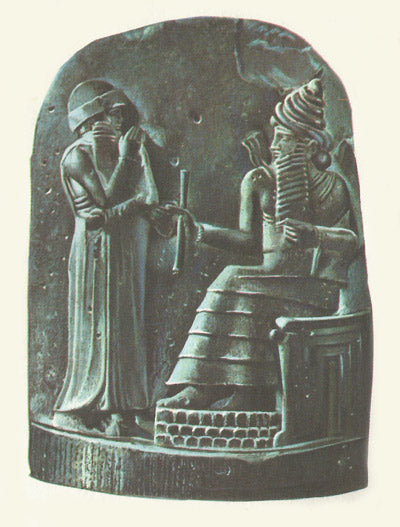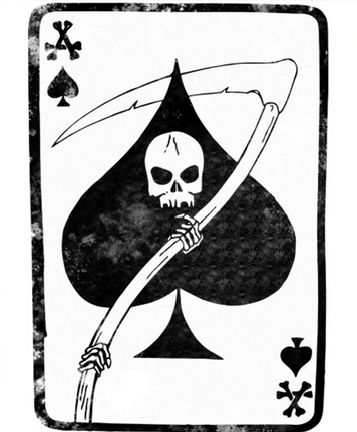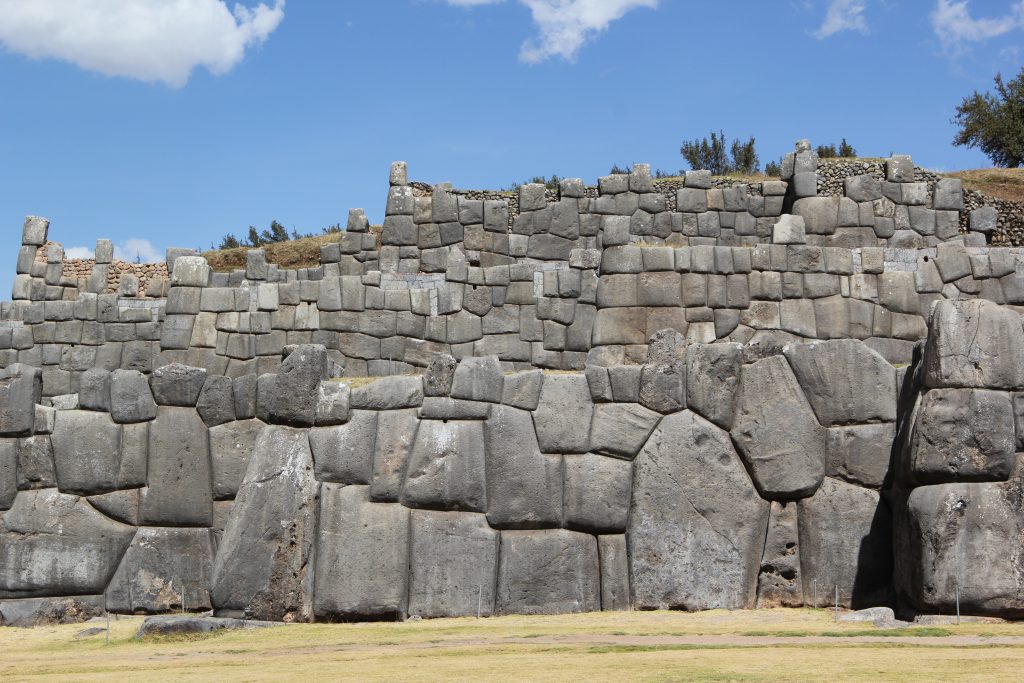About

Hammurabi
1792 - 1750 BCE. Hammurabi, the sixth king of Babylon (1792-1750 BCE), is known for the Code of Hammurabi, which granted women property rights, protections in marriage and divorce, and safeguards against abuse. He expanded Babylon into a vast empire by unifying Mesopotamia through conquests, diplomacy, and administrative reforms, creating a centralized government that improved infrastructure, trade, and cultural influence.

Ace of Spades
During the Vietnam War, the Ace of Spades card became a symbol of fear and psychological warfare. U.S. soldiers used the card, associated with death in Western culture, to intimidate Viet Cong soldiers. The 506th Airborne Division even requested decks consisting solely of the Ace of Spades, scattered in villages, jungles, and on the bodies of dead enemy soldiers. This tactic was intended to demoralize the enemy, leveraging superstitions to create psychological pressure on the battlefield.

The Family
Led by Anne Hamilton-Byrne in Victoria, Australia, heavily used psychedelics, particularly LSD, to manipulate and control its members. Psychedelics were administered to both adult followers and children to induce spiritual experiences and enforce loyalty. The cult emphasized knowledge, intellect, and spiritual enlightenment, believing that these could be achieved through mind expansion facilitated by drugs. Followers were subjected to intense teachings, often while under the influence, reinforcing Hamilton-Byrne’s authority and creating a tightly controlled environment where questioning and dissent were suppressed.

Vic Hislop
Vic Hislop, QLD, a former shark hunter who dedicated his life to eradicating what he believed were creatures sent from hell itself. Seeing sharks as God’s mistake, Hislop viewed his role as nothing less than divine retribution, claiming it was his mission to rid the oceans of these "monsters." His reputation became infamous after capturing a monstrous 20-foot great white shark, a trophy of his relentless quest. Hislop alleged that Australian authorities concealed hundreds of fatal shark attacks yearly by recording them as drownings to shield tourism. He spoke of finding severed human hands and feet inside the stomachs of sharks he caught, adding to his conviction that sharks were a lurking terror.

Sacsayhuamán
The megaliths of South America, like those at Sacsayhuamán and Ollantaytambo in Peru, remain a mystery due to their massive size, precise cuts, and complex angles. These enormous stones, weighing up to hundreds of tons, fit together so perfectly without mortar that even modern technology struggles to replicate them. Their construction methods, which have withstood centuries and earthquakes, continue to baffle archaeologists and engineers, raising questions about the advanced techniques ancient civilizations used.
